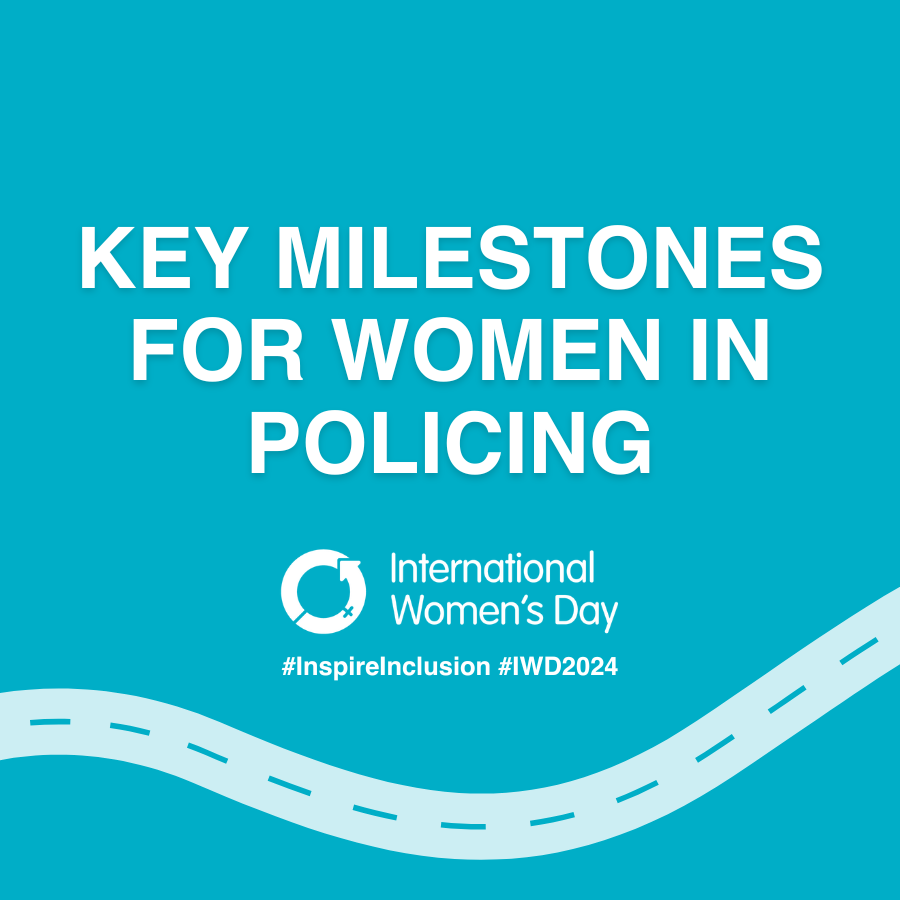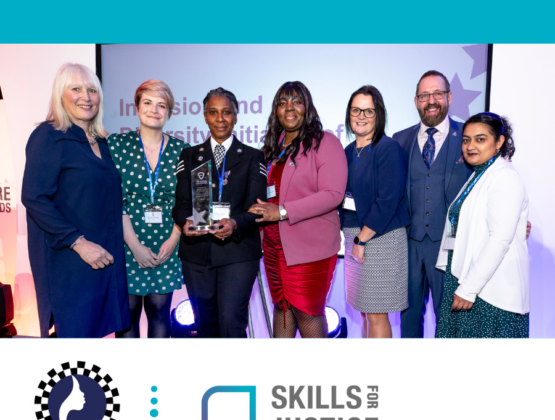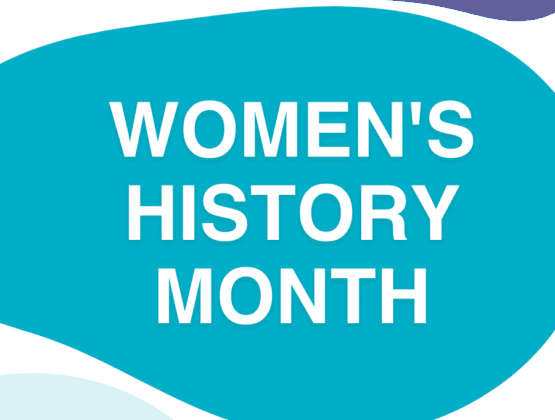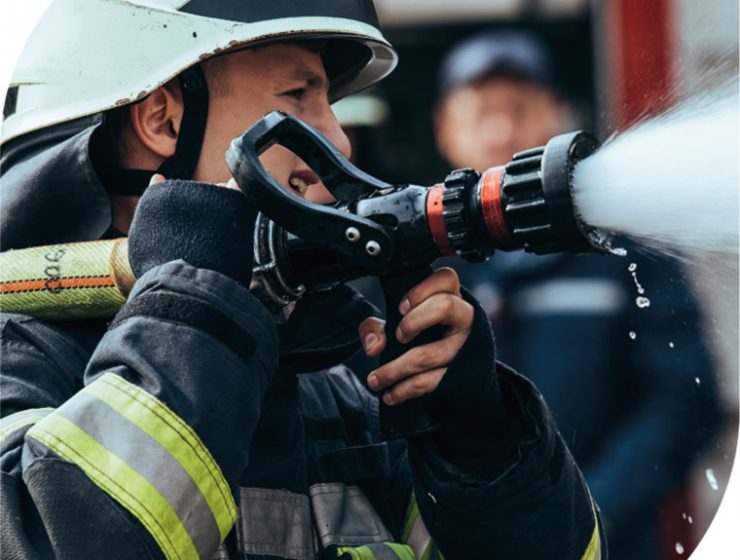Published by Skills for Justice
Key milestones for women in policing
Date 07.03.24

Policing hasn’t historically been seen as a natural career choice for women. Often overlooked in roles within protective services, women did not have the opportunity to have any kind of role (voluntary or otherwise) in the police in the UK until the end of the 19th century.
As a result of the hard work of women in policing over the last two centuries, today women can take up any role in the police service.
This year’s International Women’s Day theme of #InspireInclusion couldn’t be more apt to describe uphill battle that women have faced to join this profession.
Although today 34.7% of police are female, the journey to this point hasn’t been straightforward. Take a look through the key milestones for women in policing over the past 140 years.
Key milestones
1883 – The first women employed by the police were matrons. The Metropolitan Police recruited its first woman in 1883, increasing to 14 women by 1889. The role of a matron was to guard female convicts and women under police supervision.
1899 – At Kent Constabulary, the wives of the lock-up keepers were paid a shilling a day for their services. The cells were double locked, one key being held by the matron and the other by the lock-up keeper.
1914 – Margaret Damer Dawson and Nina Boyle founded the Women’s Police Volunteers. Dawson and Boyle gained the approval of the Commissioner of the Police of the Metropolis, Sir Edward Henry, for groups of trained volunteers to patrol the streets of London. As part of their roles, these women could offer advice to women with the support of the Metropolitan Police there to assist them if needed.
1915 – By April of 1915, these female volunteers could also be found in Liverpool, Grantham, Sandgate, Hull, Brighton, Croydon, Romford, Plymouth and Richmond, alongside the original group in London. This group then became known as the Women’s Police Service.
A second group also formed during this time – the Voluntary Women Patrols. This group was organised by members of the National Union of Women Workers.
Working in Grantham, Lincolnshire, Edith Smith became the first woman in the UK given full power of arrest.
1916 – The Police Act of 1916 made it possible for women to be appointed as police constables.
1919 – Women were accepted into the Metropolitan Police officially.
1920 – The Women’s Police Service was renamed the Women’s Auxiliary Service. However, by the Second World War it had become obsolete, and the term “Women’s Auxiliary Service” became a catch-all term for all the wartime services of women.
1921 – There was just under 200 serving female police officers in the 1921 Census in the Metropolitan Police’s Women Patrol in London. The rest of the 1920s saw little further change or recruitment of female officers. However, more rules and guidelines were published to give them a clearer position.
1932 – Lilian Wyles was appointed as the first female Chief Inspector in the police force, having joined the Metropolitan Police in 1919.
1948 – Female officers were admitted to the Police Federation.
1970s – Until the 1970s, police forces segregated their female officers from the men, with separate ranks and duties. Society’s attitudes towards women in the 1970s crossed a “political and legal fault line”. The Equal Pay Act (1970) and Sex Discrimination Act (1975) were introduced. This meant women officers merged with men on all shifts and departments from 1973.
1995 – Working in the Lancashire Force, Pauline Clare is appointed the first female Chief Constable in the country.
2017 – Cressida Dick was appointed as the first female Commissioner of the Metropolitan Police in 2017.
Today
Today, women can take up any role within the police service. 61.2% of police staff are women, however this high percentage isn’t reflected within the roles of Police Constable and Chief Constables. Women make up just 36.8% of Police Constables in England and Wales and 40% of Chief Constables in Britain. This, and the Casey Review released in March 2023, shows that there is still much disparity between the genders and a lot of work to be done to achieve true equality for women in policing.
How can we #InspireInclusion in policing?
There are many organisations championing women in policing and providing support for their inclusion and development – such as the British Association for Women in Policing and grassroots movements such as Women of Colour in Policing (WoCiP).
Taking a holistic view and understanding the causes of why women might not enter the service is a core step to making positive changes. Organisations will need to assess their current organisational culture and make improvements to factors that might be hindering either entry, progression or retention of talent.
Theresa Gatfield, Senior Consultant for Workforce Planning at Skills for Justice, says:
“Within the public sector it is important that the workforce represents the community it serves and currently the number of women within frontline policing doesn’t reflect this. Along with organisational culture, work needs to be done at a grass roots level to challenge and address societal issues that create barriers within recruiting women to the police force.”
Talk to us if we can help with your workforce planning or organisational development.
Get in touch
"*" indicates required fields




